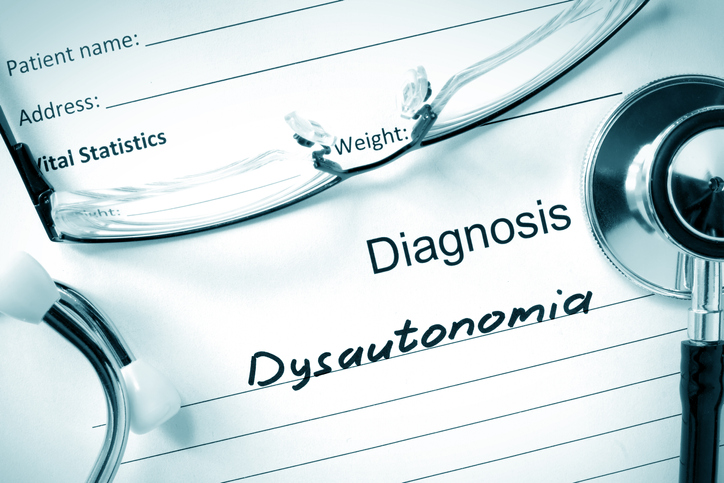Pain
At-Home Treatments for Dysautonomia

What is dysautonomia?
Dysautonomia — also known as autonomic dysfunction or autonomic neuropathy — refers to a group of conditions that involve dysfunction of the autonomic nervous system (ANS). It occurs when communication with the nerves in the autonomic nervous system is disrupted or impaired.
The autonomic nervous system controls involuntary functions such as heart rate, breathing, digestion, sweating, and blood pressure. When the ANS doesn’t operate properly, a host of health issues can occur, including rapid/slow pulse, high/low blood pressure, digestive problems, difficulty regulating body temperature, and loss of bladder control.
At-home treatments
There is no cure for dysautonomia. However, in addition to conventional medical treatments for dysautonomia, a healthcare provider can advise on various at-home treatments to manage symptoms. These include, but are not limited to, the following:
- Manage the underlying disease. In most cases, there is no underlying condition that causes dysautonomia; however, if one exists, controlling it is the first goal of treatment. If diabetes is present, blood sugar must be controlled to prevent dysautonomia from progressing.
- Drink more water. Additional water keeps blood volume up, which helps control symptoms of dysautonomia. A healthcare provider should advise on the recommended amount of water to be consumed, especially if other health conditions are present.
- Add extra salt. Salt helps maintain normal blood pressure by controlling the fluid volume in the blood vessels. Three to five grams of additional salt per day can help ease symptoms of dysautonomia. Additional salt should not be used if heart failure is present and is recommended only for severe cases of blood pressure problems. A healthcare provider should be consulted prior to increasing salt consumption.
- Elevate the bed. Sleeping with the head of the bed 6 to 10 inches higher than the body can help increase blood pressure. This can be accomplished by placing risers or blocks under the legs at the head of the bed.
- Stand up slowly. Posture changes can cause dizziness. Flexing the feet and making fists with the hands for a few seconds before standing can increase blood flow. It’s important to stand up slowly. After becoming upright, tensing the leg muscles while crossing one leg over the other also increases blood flow.
- Eat small, healthy meals. Digestive problems associated with dysautonomia can be eased by eating small, frequent meals rather than 3 large meals a day. Foods low in fat and high in fiber improve digestion. Over-the-counter dietary fiber supplements can help maintain the health of the digestive tract.
- Listen to the body. It’s important to take note of warning signs that the body produces. If dizziness occurs, lying or sitting down can help prevent fainting and falls. Taking breaks when tired helps preserve energy.
- Avoid smoking cigarettes and drinking alcohol. Smoking limits blood flow. Drinking alcohol causes dehydration, which can increase hypotension.
- Wear compression stockings/garments. Dysautonomia can cause blood to pool in the legs. Compression stockings can improve blood flow and increase or maintain blood pressure. Wearing a compression binder around the waist or thigh-high compression stockings on the legs can help.
- Ask for help. Due to limitations that may develop due to symptoms of dysautonomia, the support of trusted family and friends may be needed. A support group can also be helpful.
- Avoid heat and hot water. Heat and hot baths/showers widen blood vessels, which increases the risk of fainting. Lukewarm or cool baths/showers are recommended.
- Rest. Insomnia may occur with dysautonomia. Good sleep hygiene can help with obtaining a good night’s sleep.















